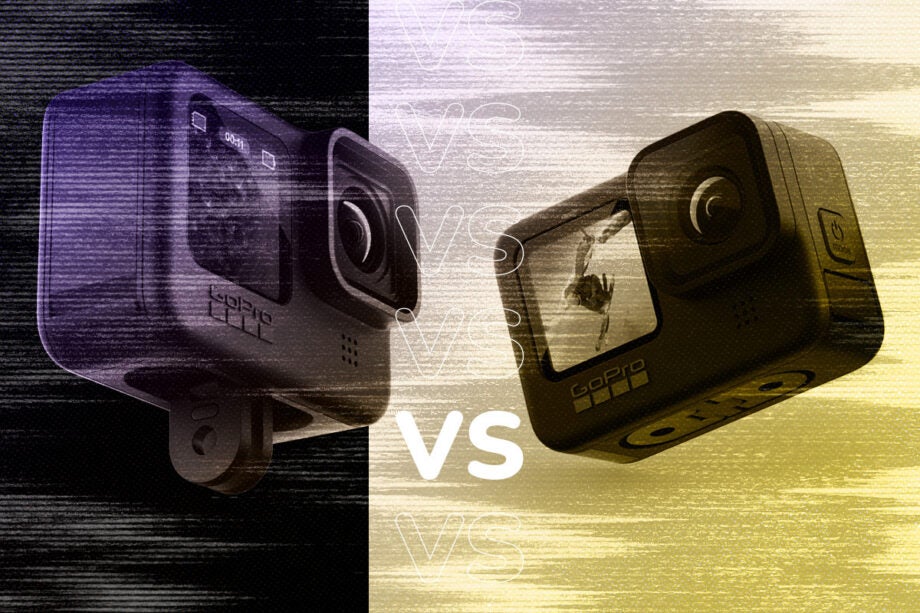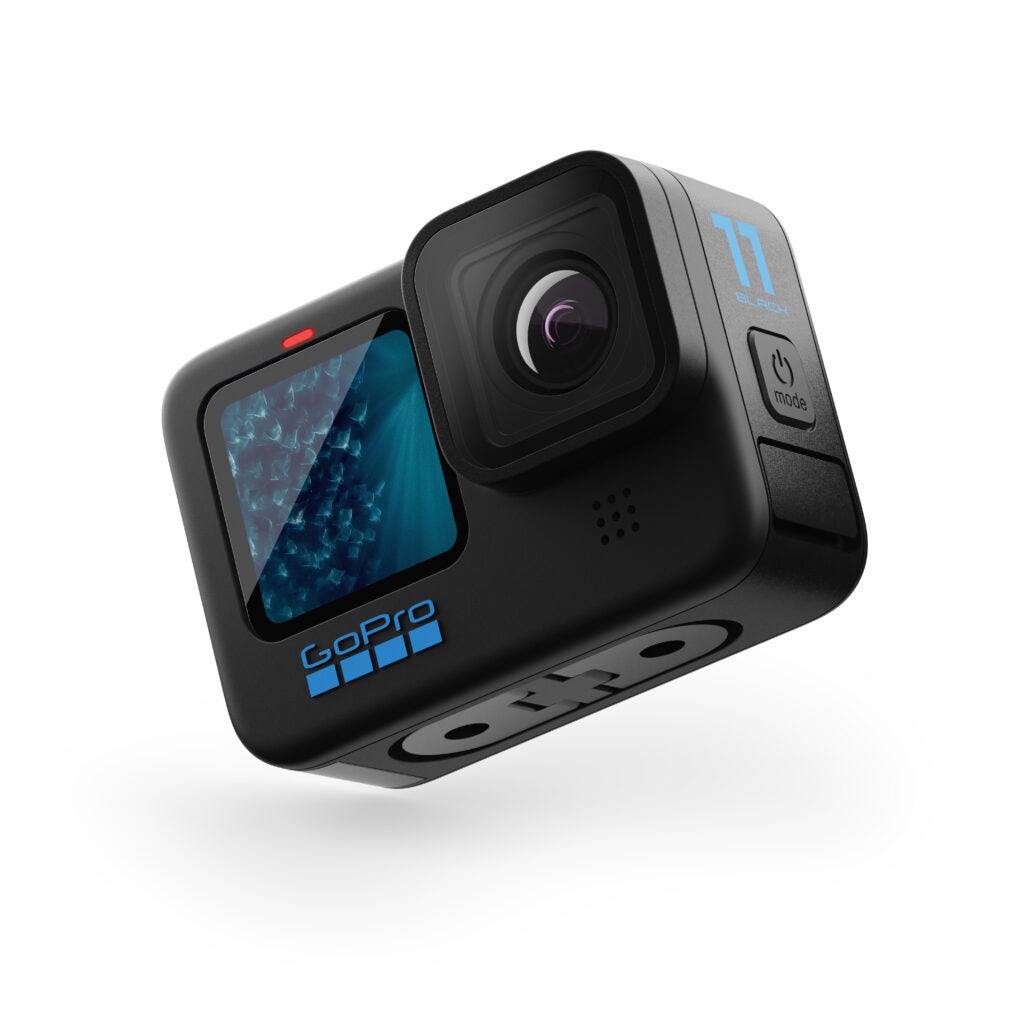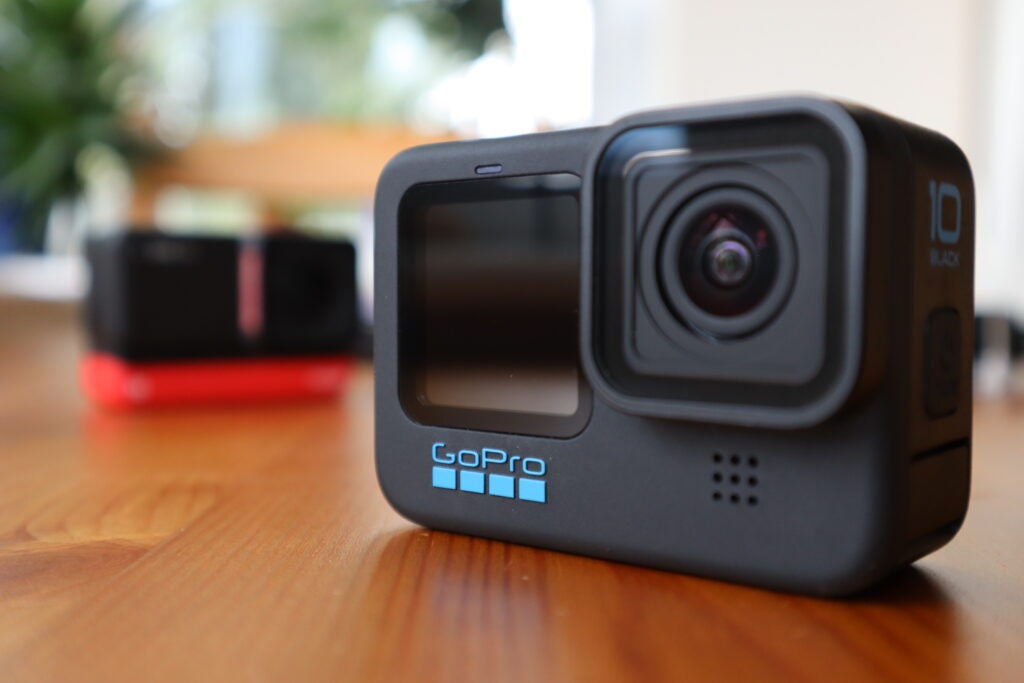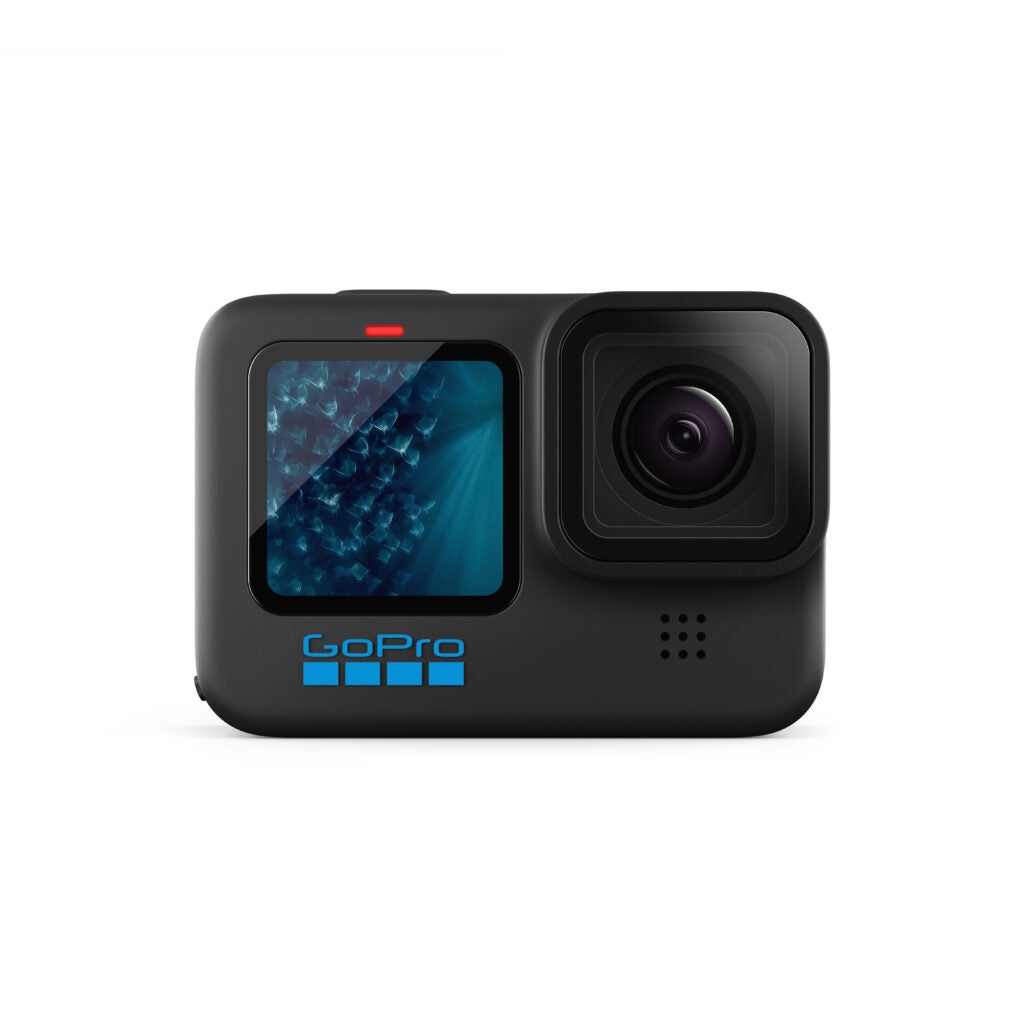GoPro Hero 11 Black vs Hero 10 Black: What’s the difference?

GoPro has just unveiled the Hero 11 Black. Here’s how it compares to 2021’s GoPro, the Hero 10 Black.
This year, GoPro has actually launched three new cameras, designed to fit different consumers’ needs at varying price points.
There’s the regular Hero 11 Black, the Hero 11 Black Creator Edition, which comes with a long-lasting battery grip, and the Hero 11 Black Mini, a more lightweight and simple alternative to the other action cams in the series.
This versus will focus on the standard Hero 11 Black and how it compares to last year’s Hero 10 Black, including all the biggest updates announced this year.

Pricing and availability
The GoPro Hero 10 launched in September 2021 at a price of $399.98/£379.98 with a GoPro subscription or £499.99/£479.99 without.
The GoPro Hero 11 is available now and costs $399.98/£399.98 for GoPro subscribers or $499.99/£499.99 for non-subscribers.
That makes the Hero 11 the same price as the Hero 10 in the US, or £20 more if you’re in the UK.

Design and display
There haven’t been many changes made to the design this year.
Both cameras feature the same compact, rectangular design and matte black finish. Both also feature the GoPro logo in blue and two displays – one on either side of the camera so you can take videos of yourself as well as footage from your point of view.
GoPro has introduced some new controls this time around. In the Hero 11, users can choose between Easy and Pro modes, allowing them to access just the best settings for their situation with the Easy mode, or have full creative control with the Pro mode.

Performance and features
Where the Hero 10 Black featured a new GP2 processor, the Hero 11 Black packs an updated 1/1.9 inch sensor which drives many of its performance updates this year.
The new sensor is capable of delivering 10-bit colour video with over 1 billion colours at up to 5.3K resolution at 60fps, as well as 27-megapixel stills.
The Hero 10 was also capable of recording in 5.3K/60fps, but was limited to 23-megapixel stills. The Hero 11 Black is also capable of capturing 64x more colours for a boost in image quality in this regard, too.
The larger sensor on the Hero 11 also enables the camera to capture videos with an 8:7 aspect ratio =- the largest vertical field of view on a GoPro thus far. This means you can record video for YouTube and TikTok simultaneously by capturing more of the scene and cropping the video in the Quik app.
Another update arriving with the sensor is the new HyperView digital lens. This allows you to capture 16:9 high-action, point-of-view footage. Meanwhile, the wide-angle SuperView setting now supports both 5.3K/50 and 4K/120.
The Hero 11 comes with HyperSmooth 5.0 with Horizon Lock to ensure footage remains steady even if you rotate the camera 360-degrees, an update from the HyperSmooth 4.0 stabilisation in the Hero 10. We found HyperSmooth 4.0 to be incredible across a wide range of modes and settings, so we’ll have to see if HyperSmooth 5.0 is even better on the 11.
Lastly, TimeWarp 3.0 can now record 5.4K video, allowing you to capture 91% higher resolution video than the 4K TimeWarp on the Hero 10 for higher quality timelapses.

Battery life
The Hero 11 comes with an Enduro battery that improves performance in cold and moderate temperates, extending recording time by up to 38% compared to the Hero 10.
We found that the battery life on the Hero 10 was good enough to last a day in some cases, so we’ll be interested in finding out how long the Hero 11 can last when we test it ourselves.
Early verdict
The GoPro Hero 11 Black brings with it a number of improvements over the Hero 10. While the design remains mostly the same, the new sensor is what really powers most of the performance and feature updates here.
You’ll have to check back for our full review of the Hero 11 Black for our final verdict, however.


